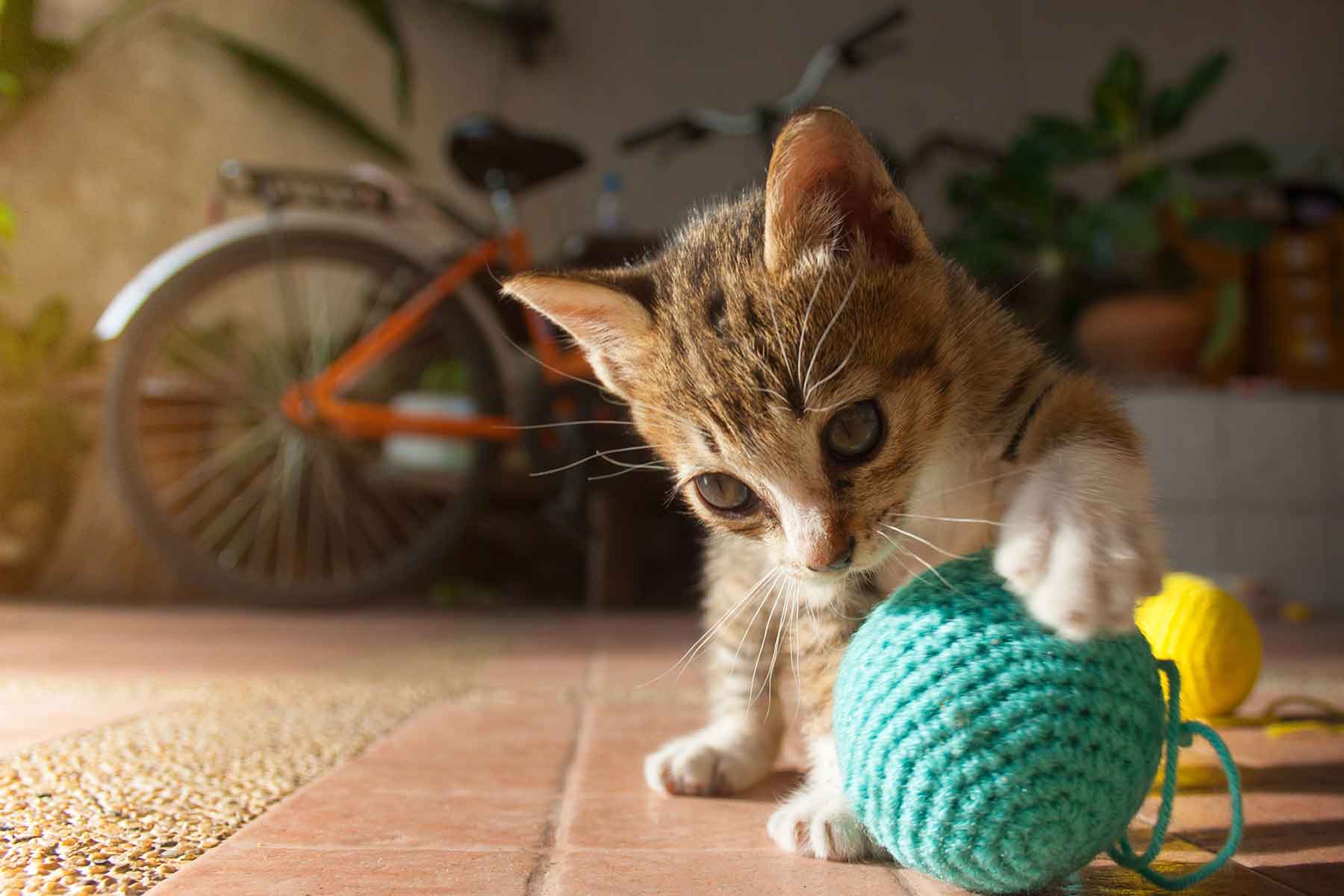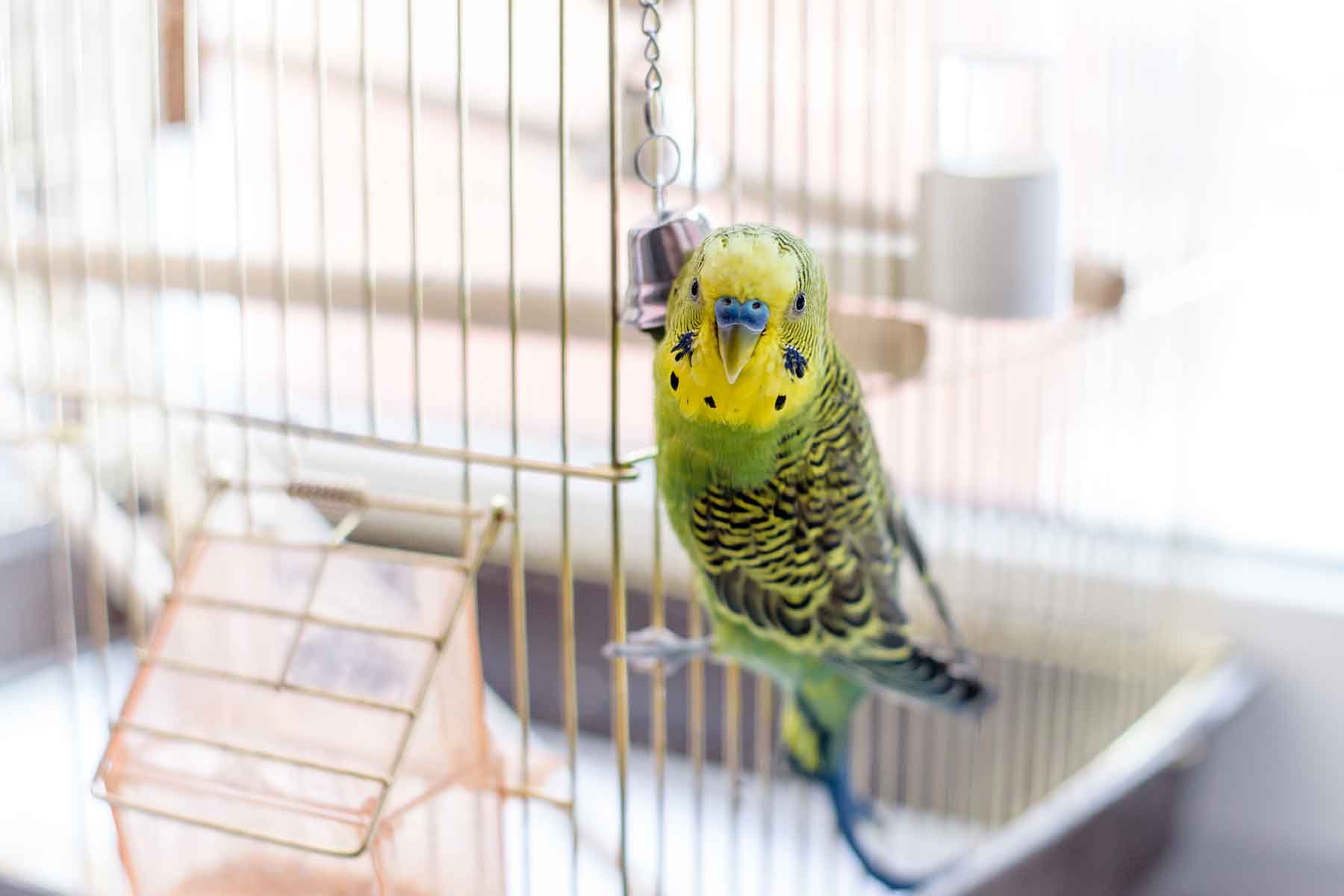Chronic Kidney Failure in Cats
Kidney disease, or renal disease, is one of the most common diseases that we see affecting cats. Kidney disease is very serious, as the kidneys are essential for the health of your cat. The role of the kidneys is to filter the blood, excrete excess nitrogen and other toxins, regulate water and electrolyte balance, and produce some hormones. When the filtering components of the kidneys become damaged, they cannot properly carry out their functions properly. This is an irreversible change. The kidneys will be able to function efficiently until approximately 70% of the kidney is lost, at which stage they will start to deteriorate, and we begin to see clinical signs of illness in our cats.
There are two different forms of kidney disease – acute (sudden) or chronic (long-term). Chronic kidney disease is more common, and what we will explore here. Regular monitoring seeks to discover early signs of kidney disease, so we can do our best to slow its progression and give cats a high quality of life for as long as possible.
What Causes Chronic Kidney Disease?
Chronic kidney disease has many causes. Some have the potential for prevention or effective treatment if detected early enough.
- Degenerative kidney disease, associated with ageing
- Congenital abnormalities of the kidney (e.g. Persian cats born with polycystic kidneys)
- Bacterial infections (these can ascend from the bladder, or spread through the blood stream)
- Kidney tumours (Lymphosarcoma is most common, an infiltrative tumour of white blood cells)
- High blood pressure
- Viral infections (Feline Immunodeficiency Virus (FIV) or Feline Infectious Peritonitis)
- Amyloid deposits in the kidney
Signs of Chronic Kidney Disease
Some of the following clinical signs, or symptoms, of chronic kidney disease are seen late in the disease. Early detection of any of the following signs can help to treat kidney disease and preserve the remaining functioning parts of the kidney.
- Increased thirst / urination
- Weight loss
- Poor coat quality
- Lethargy
- Bad breath (halitosis)
- Mouth ulcers
- Loss of appetite
- Vomiting
- Diarrhoea
- Sudden onset blindness (retinal detachment)
How to Determine a Diagnosis
Many of the clinical signs indicative of chronic kidney disease are vague, and can be indicators of other disease processes occurring. In order to make a diagnosis of kidney disease, it is important that further tests are carried out. These tests can be done before the cat is unwell, when early detection is still possible.
- Clinical Examination – The veterinarian can physically examine your cat and feel your cat’s kidneys, evaluating size and shape, as well as any pain displayed by your cat. Other clinical signs will also be investigated.
- Blood Test – A blood test is important to evaluate levels of urea and creatinine in the blood (indicators of kidney function), red and white blood cells, potassium, phosphorous and other electrolytes.
- Urine Sample – A urine sample will be evaluated based on its concentration, giving an indication of how well the kidneys are able to concentrate or dilute the urine. The urine will also be assessed for protein, red and white blood cells, and any bacteria for further information. Additionally, a further test may be performed to check where damage has been done in the kidney. This is called a “urine protein creatinine ratio” (UPCR) and can guide medications to help improve your cat’s kidney function.
- Abdominal Ultrasound – An ultrasound is a non-invasive way to assess the kidneys. This may be recommended and can allow for sampling of the tissue if a tumour or amyloidosis is suspected.
Cat Kidney Disease Treatment Options
Appropriate treatment for your cat will be based on the results of the clinical exam, blood and urine tests, and an ultrasound if one was performed.
- Intravenous Fluids – This is the first treatment recommended for an unwell, inappetant and dehydrated cat. IV fluids help to flush the kidneys, reduce toxin levels in the body, and rehydrate your cat.
- Appetite Stimulants & Anabolic Steroids – These are used to get your cat eating again, and to build up muscle reserves that have usually been depleted.
- Dietary Change – A prescription kidney diet has reduced levels of protein and phosphorus. This will minimise the work the kidneys have to do, and limit the levels of toxins in the blood stream.
- Phosphate Binders – Damaged kidneys have a limited ability to process phosphate. This medication will bind phosphorus in the intestines so it doesn’t cross into the circulation and build up in the blood stream.
- Antibiotics – If a urinary tract or kidney infection is detected, appropriate antibiotics will be prescribed.
- Potassium Supplementation – Excessive loss of potassium when kidneys fail results in muscle weakness and poor coat quality. Potassium supplements this can improve cats well-being.
- Vitamins B and C – These vitamins are lost in excess with kidney damage. Supplementation allows cells to continue to function properly and keeps cats feeling well.
- Blood Pressure Monitoring – Blood pressure is monitored in order to reduce the chance of further damage to kidneys. Treatment will be started if high blood pressure is detected.
- Anaemia (low red blood cells) monitoring and treatment – Damaged kidneys fail to produce a hormone needed for the production of red blood cells. If detected, anaemia will be treated by replacing the hormone to stimulate red blood cell production.
- Provide lots of Water – Encourage your cat to drink with multiple water bowls. Cats with chronic kidney disease are at increased risk of dehydration.
Early Detection
Kidney disease can be detected early if regular veterinary checks are made, especially for senior pets (those aged over 7 years old) and if clinical signs are recognised quickly. The sooner kidney disease is detected, the better the outcome, as monitoring and appropriate treatments can be put in place to protect the remaining portion of the kidney. This will help ensure your cat’s quality of life is maximised, and in many cases can considerably increase their life expectancy.











